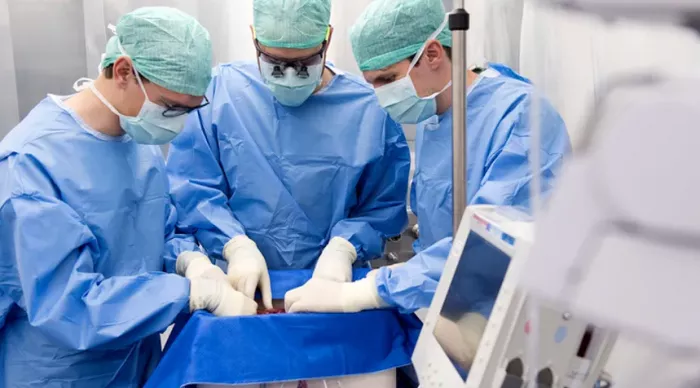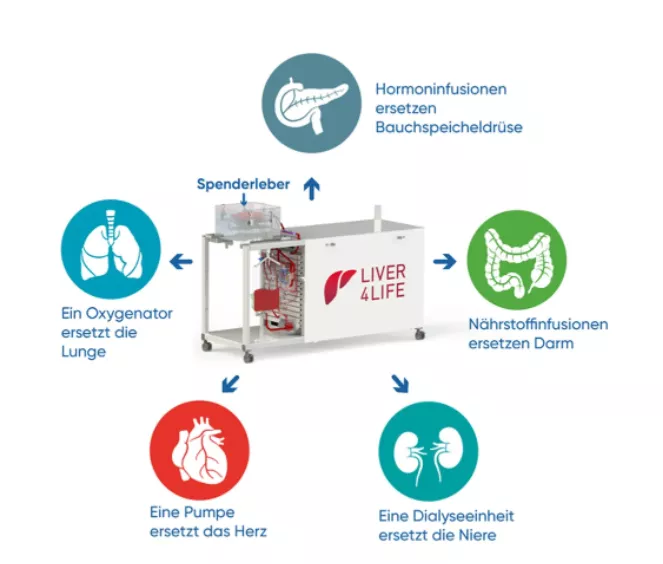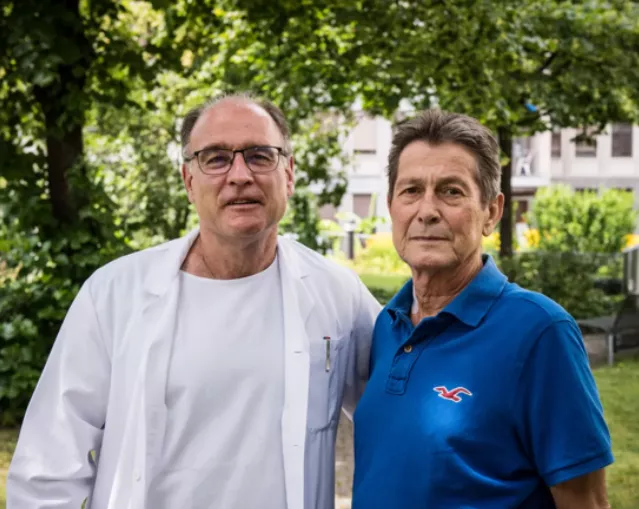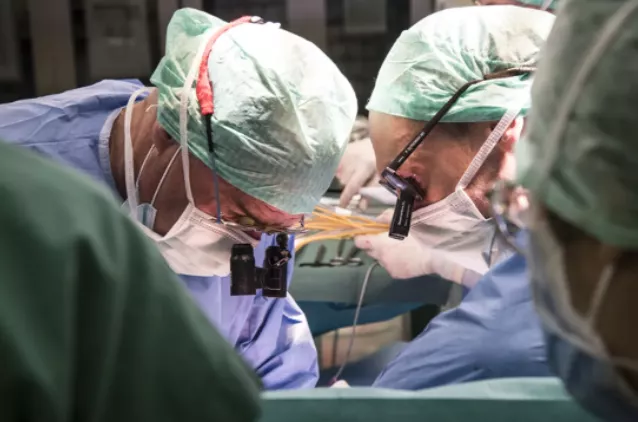According to CNET, as early as may 2021, Swiss researchers took out the damaged liver of an organ donor, placed it in a new machine imitating human biology, and treated it in the machine for three days** Then they transplanted the newly repaired organ to a cancer patient who needed a new liver but was stuck on the long waiting list for organ transplantation.

As of Tuesday, the groundbreaking operation had been carried out for a year, and the team reported that the organ recipient was still performing very well.
The research team called liver4life published in [Nature Biotechnology] on Tuesday( https://www.nature.com/articles/s41587-022-01354-7 ) 》A paper in the Journal on this medical milestone wrote: "the patients quickly recovered their normal quality of life without any signs of liver damage."
"I am very grateful for this life-saving organ," the 62 year old organ recipient said in a statement. "Due to the rapid progression of my tumor, I have almost no chance to get a liver from the waiting list in a reasonable time." The patient's name was not published.

Usually, even if it is completely feasible to donate the liver, it can only stay outside the human body for about 12 hours in the traditional cold storage, or for up to 24 hours in a new machine like the team, which is called a perfusion machine.
Within this time frame, doctors need to "evaluate, transport and implant donor grafts for human transplantation". According to the paper, this not only greatly limits the distance of these organs before reaching the recipient and the error space in the transport process, but also basically eliminates the possibility of organ repair before transplantation.
Damaged donor organs are often discarded, further exacerbating the crisis of organ shortage. According to organdor Gov data, there are more than 100000 Americans waiting for organ transplantation, and 17 patients die on the waiting list every day.
However, since the Swiss researchers' new perfusion machine is a bit like a second human body, it allows the liver specimen to survive outside for three days. They first announced the concept in 2020, when they said that their invention could allow the liver to survive outside the human body for a week. However, this marks the first time that the liver stored in the device has been successfully transplanted to the patient.

Dr Pierre Alain Clavien, director of the visceral and transplant surgery clinic of the University Hospital of Zurich and a surgeon for organ transplantation, said in a statement: "our treatment shows that treating the liver in the perfusion machine makes it possible to alleviate the lack of effective donor organs and save lives."
Basically, the machine has a pump to replace the heart, an oxygenator to replace the lungs, and a dialysis device to replace the kidneys. It can inject nutrients and hormones usually from the intestines and pancreas into the organs, and even make the liver move according to the rhythm of human respiration like the diaphragm. In addition, it provides pressure and temperature similar to those of human and natural organisms. In other words, the liver in the device is almost as if it had never left the body.
Therefore, in this highly regulated environment, during these three days, the team flushed the liver with antibiotics and hormone therapy, for example, while monitoring the function of organs, such as bile secretion and tissue strength. This continues until the liver meets the criteria for "good" organ donation. Then, with his consent, it was successfully transplanted into the organ recipient.

"The transplanted liver showed normal function with minimal reperfusion injury, requiring only minimal immunosuppression," the paper said Immunosuppressive drugs are crucial after transplantation because they basically tell the body's immune system not to attack when foreign organs are familiar with their new world. If there is no "don't attack" warning, the body will reject the organ as an intruder.
In addition to significantly saving a life, the team's achievements also marked a great breakthrough in the field of medicine. It directly proves that damaged donor organs can be repaired and considered for patients waiting for transplantation - transplantation may mean the difference between life and death. In addition, it also proves that one day, transplantation is not necessarily an urgent and time - pressing operation.
The paper points out that "this first clinical success has opened up a new vision for clinical research, and is expected to extend the time window for assessing the feasibility of organ donation to 10 days, and transform urgent and demanding surgery into selective surgery. Looking ahead, the team plans to test the program on other patients and develop the next generation of these powerful perfusion machines."
"The interdisciplinary approach adopted by the project to address complex biomedical challenges is the future of medicine," mark Tibit, Professor of macromolecular engineering at the Federal Institute of technology in Zurich, said in a statement